| |
| |
|
光輻射傷害安全測試儀器選型指南
光生物安全背景知識
|
新型高亮度光源的快速發展,尤其是LED光源,使得人們開始關注非相干光源對人眼和皮膚的傷害問題。
相干光源(激光)輻射對眼睛和皮膚的傷害已經有相當長時間的研究,而且已經幾個相關的標準和法規進行了詳細規定。現在需要更多的關注到非相干光源對人體的傷害上面來。
|
光學輻射對人體的主要影響有:
- 紫外光線對人眼和皮膚的光生物效應
- 藍光對人眼的傷害
- 紅光及紅外光線對皮膚的熱效應
|
|
歐盟頒布了 2006/ 25/ EC 法規, 規定了企業在保護員工避免非相干光源傷害上的義務。該法規目前已經生效為正式的法律。
|
其它相關的文件:
- AOR Guide 2006/25/EC (法規解釋文件)
- ANSI/ IESNA RP-27.1-96 and RP-27.2-00 (推薦工業標準)
- IEC 62471 (光源及燈具光生物安全)
- CIE S007/ ISO 17166 (Erythema Reference Action Spectrum and Standard Erythema Dose)
CIE TC2-58 技術委員會將要發布一份關于LED亮度及輻亮度測試的新標準,標準將會增加關于光生物安全方面的相關規定。
歐盟 2006/ 25/ EC規定的光輻射傷害量值 (與 ANSI 文件相同):
|
| 傷害種類 |
標識 |
波長范圍(nm) |
加權函數 |
備注 |
| 眼睛暴露傷害 |
EUVA |
315 (320) – 400 |
- |
1000s 以上和以下,限值不同 |
| 紅外暴露傷害 |
EIR |
780 – 3000 |
- |
1000s 以上和以下,限值不同 |
| 皮膚暴露熱傷害 |
EH |
380 - 3000 |
- |
針對小面積皮膚 |
| 皮膚和眼睛傷害 |
ES |
200 - 400 |
S(λ) |
|
| 小光源藍光視網膜傷害 |
EB |
300 - 700 |
B(λ) |
IESNA 標識為 (A(λ)), 100s以上和以下限值不同 |
| 傷害種類 |
標識 |
波長范圍(nm) |
加權函數 |
備注 |
| 弱視覺下紅外暴露傷害 |
LIR |
780 - 1400 |
R(λ) |
Subtended angle of source needed |
| 視網膜熱傷害 |
LR |
380 - 1400 |
R(λ) |
Subtended angle of source needed |
| 視網膜藍光傷害 |
LB |
300 - 700 |
R(λ) |
in IESNA also aphatic (A(λ)), different limits below and above 1000 s |
|
光生物安全測試儀器選擇
列表中一些量是基于純粹的輻射度值,但是大部分是根據光源的光譜輻射度值,進行加權計算得到。因此有兩類測試儀器可選
- 主流的測試方法是采用光譜輻射度法得到每個波長下的輻射亮度和輻射照度,然后根據波長范圍和加權函數進行計算。如果需要測試低于280nm以下的波段,則建議使用雙單色結構的光譜輻射度計,來提高紫外波段的測試精度和準確度。
- 個別量值是輻射度值,可以采用輻射度計。輻射度計通常使用一定帶寬的探測器測試整個波段的輻射度值。為了符合相應的加權處理要求,會采用對用的濾光片對光源不同波長的能量進行選擇性衰減,以盡可能接近法規要求。目前藍光傷害濾光片比較常見。歐盟 2006/25/EC 允許采用輻射度測試方法對光源進行潛在傷害測試。輻射度值需要與曝光時間進行計算轉換為標準所需的值。并用該結果與不同傷害效應的曝光限值進行比較。
|
|
光生物安全采用的光譜輻射度計通常為雙單色儀結構,無法滿足便攜測量要求。而實際場景中,經常需要進行現場的光生物安全測試評價。便攜式的光譜輻射度計是常用的儀器,如果對其根據光生物安全測試標準進行優化設計,則可以滿足大部分的光生物安全測試要求。需要優化的部分有:
- 雜散光、波長精度、測試視場角、帶寬、光學采集器(余弦修正特性、偏振誤差等)、噪聲。
1211UV根據光生物安全測試標準,進行了全面的設計和優化,尤其在紫外波段,大大優化了雜散光水平和波長精度。
1211UV 在光生物安全領域的應用
The following figure shows the measurement of a welding arc by specbos 1211 UV as well as the weighting by the S(λ) and B(λ) curves.
|
|
|
|
|
Measurement of a welding arc with specbos 1211 UV (click to enlarge)
|
|
IESNA RP-27.2-00, IEC 62471 and ISO 17166 describe different measurement geometries for different kinds of hazard.
The radiance based measurements have to be done with a direct viewing optics (small viewing angle, radiance mode), the irradiance ones with an optics viewing in the half space (viewing angle 180° = 2π, measurement with diffusor or integrating sphere, irradiance mode). The exposure result will be obtained by integration of the weighted spectrum and multiplication by the exposure time (presumed that the intensity of the radiation is constant during the exposure).
|
Weighting functions (click to enlarge)
|
|
|
The figure above shows the three weighting functions S(λ), B(λ) and R(λ), additionally the A(λ) function, which is only included in the US document ANSI/ IESNA RP-27.2-00.
The meaning of the functions is as follows:
|
|
S(λ) |
UV Hazard Weighting Function |
|
|
Skin and eye injury caused by UV radiation
|
|
B(λ) |
Blue-light UV Hazard Weighting Function |
|
|
Photochemically induced retinal injury induced by blue radiation
|
|
R(λ) |
Burn Hazard Weighting Function |
|
|
Thermal damage of the eye, especially of retina and lens
|
|
A(λ) |
Aphakic Hazard Weighting Function |
|
|
Mainly retinal injury of the lensless eye |
|

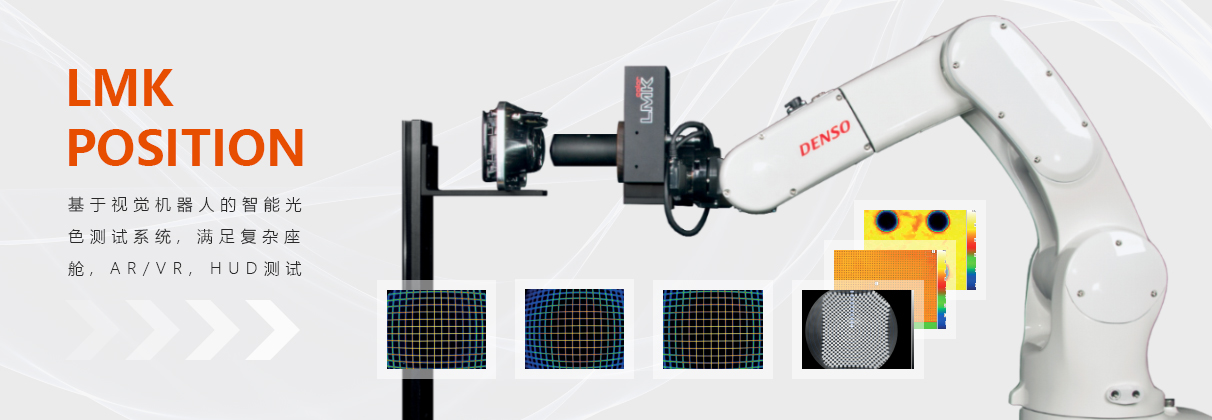

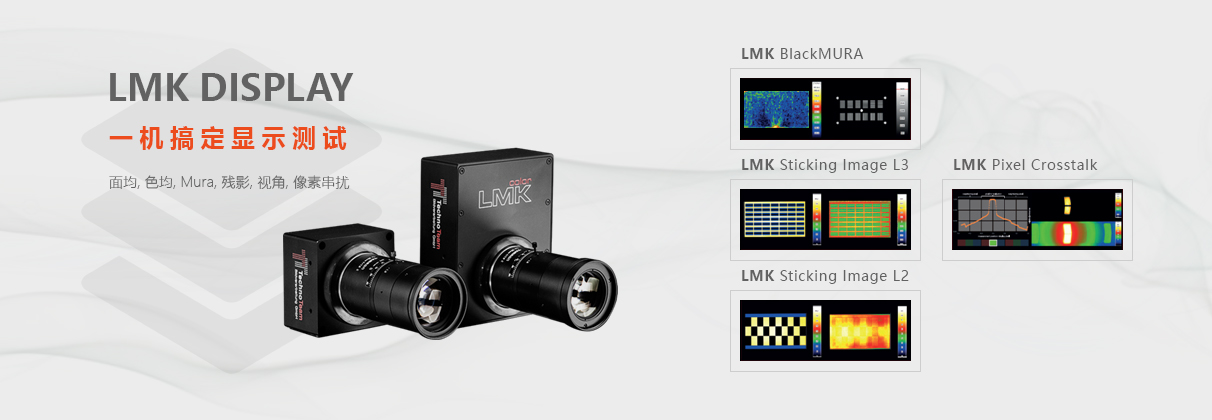
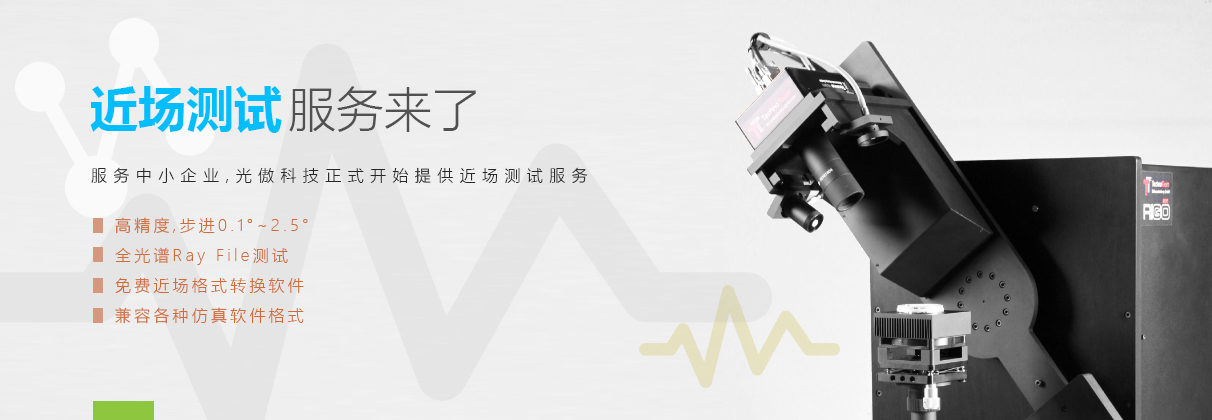
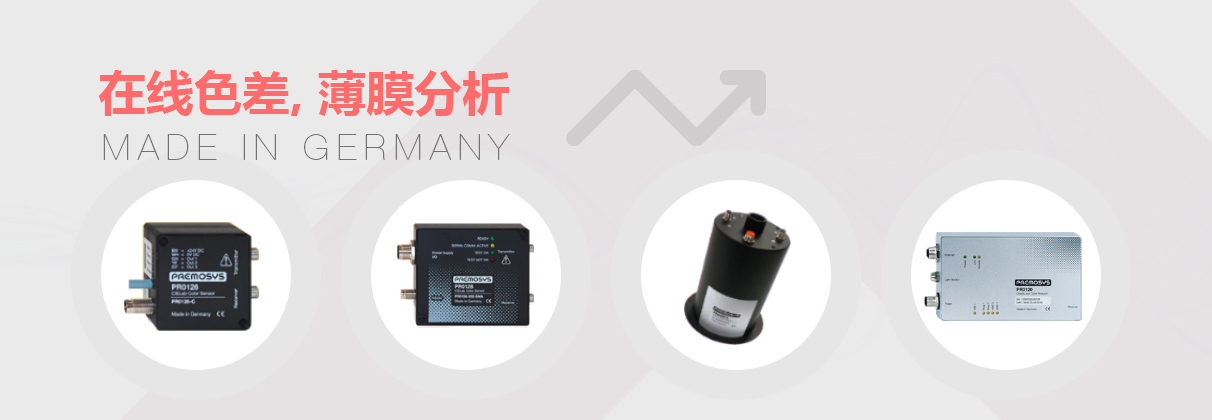
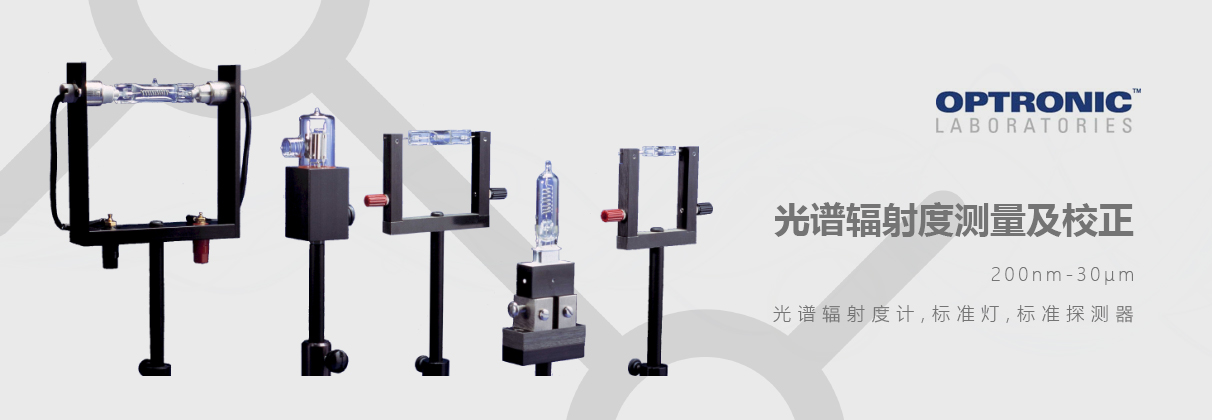


 解決方案
解決方案 LED 與照明
LED 與照明 模組及燈具測試
模組及燈具測試







